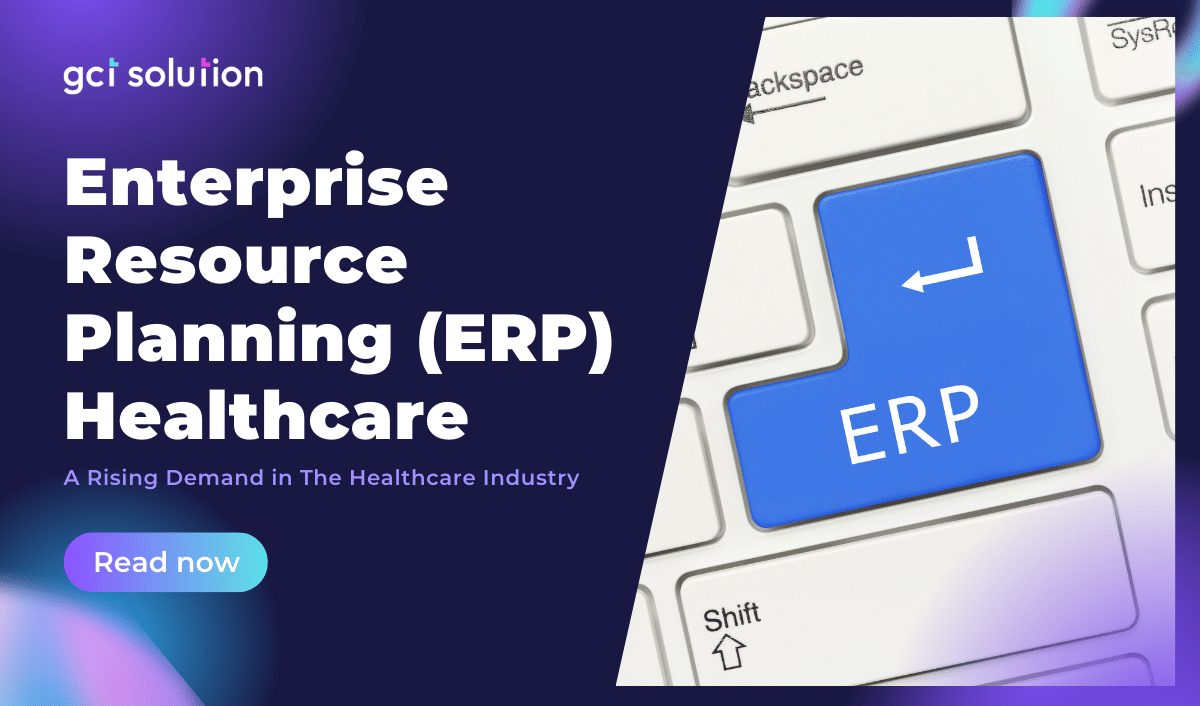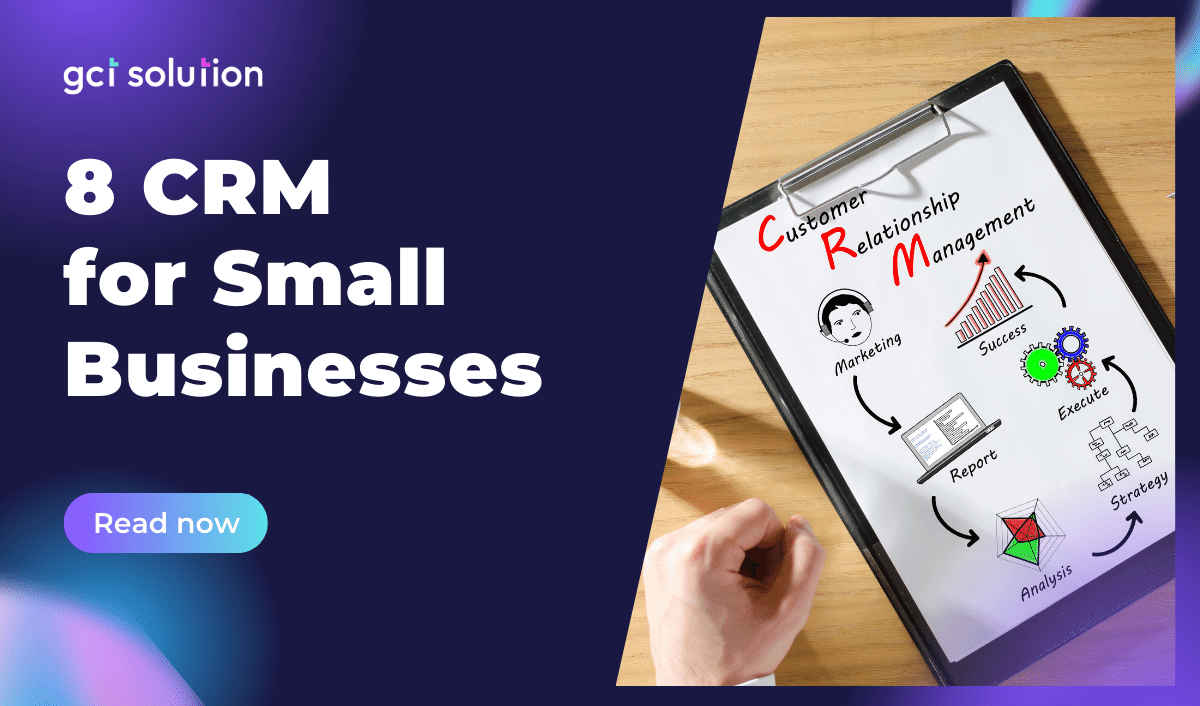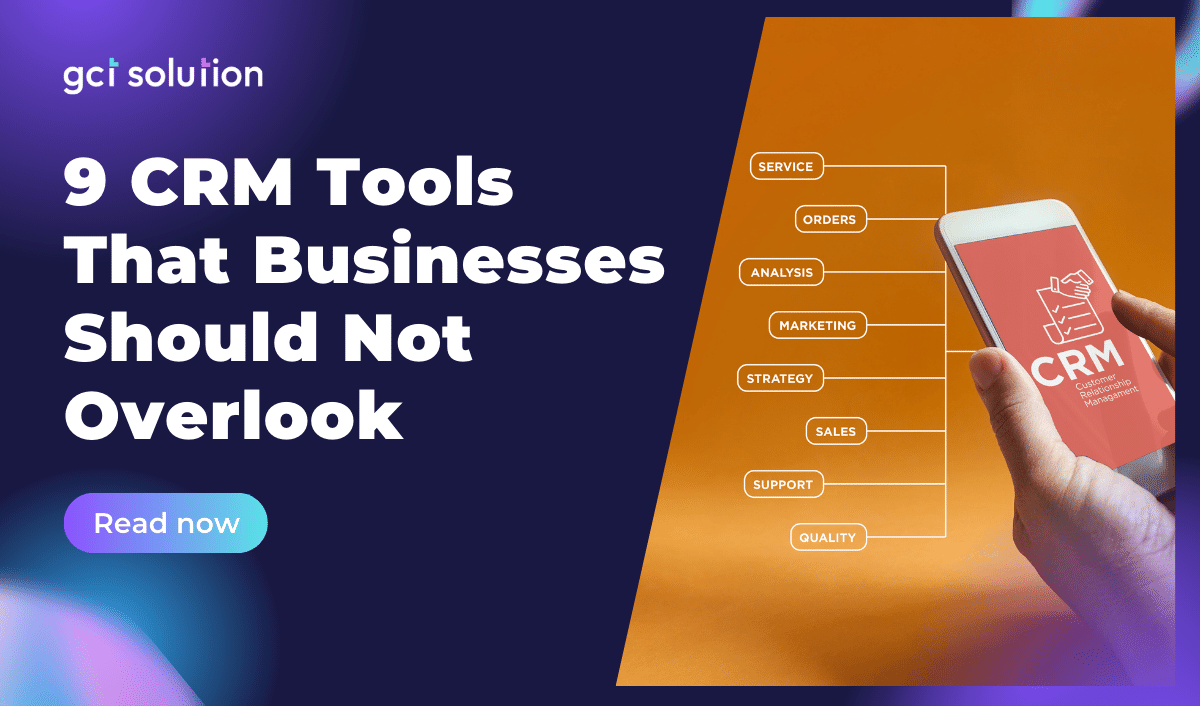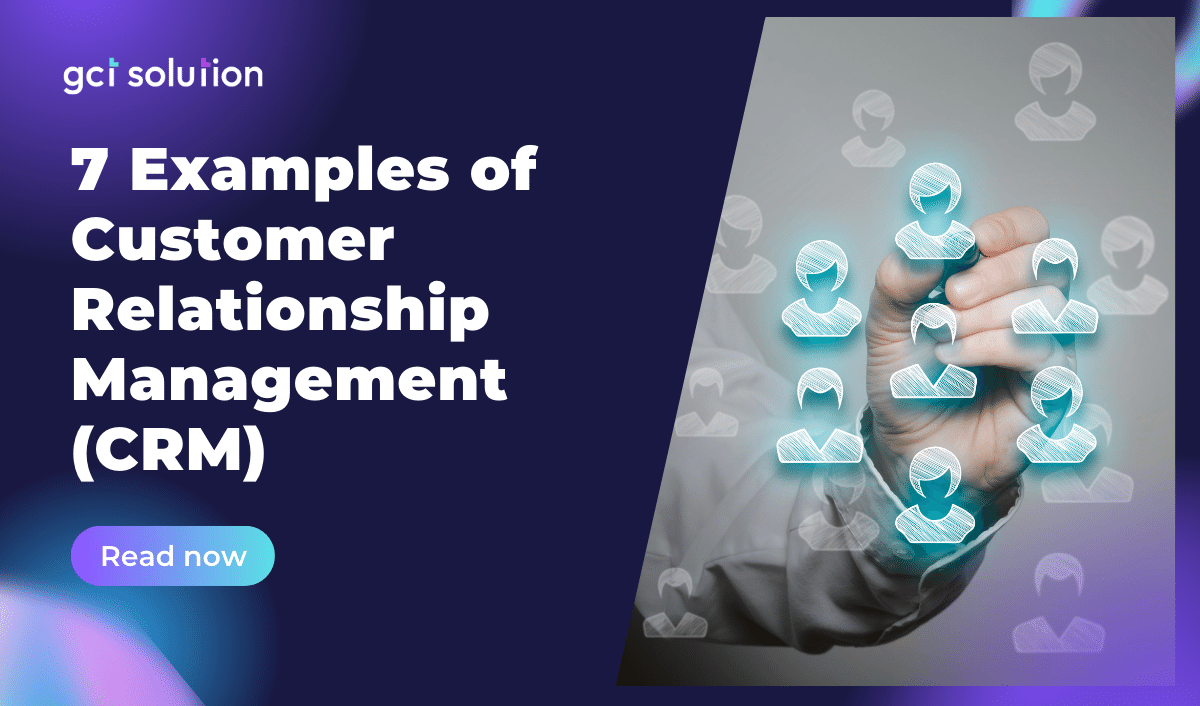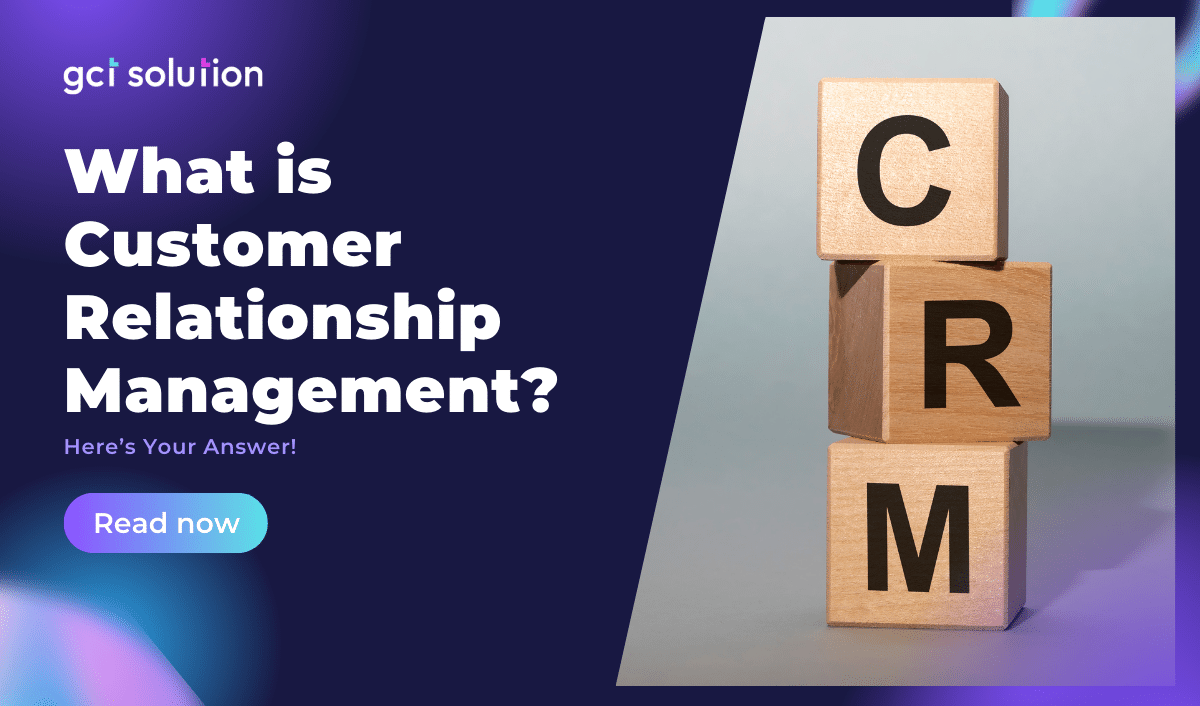In recent years, the healthcare industry has witnessed a surge in technology adoption to improve patient care and organizational efficiency. Enterprise resource planning (ERP) is one such technology that has gained traction in the healthcare sector. ERP is a software solution that enables organizations to streamline their business processes, manage data, and improve decision-making. According to Precedence Research, the global healthcare ERP market is projected to reach USD 11.6 billion by 2030, with a CAGR of 5.96 % from 2022 to 2030. This blog aims to provide an overview of ERP in healthcare, its differences from electronic health records (EHR), and the benefits of implementing it in healthcare institutions.
Enterprise Resource Planning (ERP) – An Effective Solution to Leverage Your Business Performance
Enterprise Resource Planning (ERP) is a software tool that enables businesses to automate and integrate various functions, such as financial management, supply chain management, customer relationship management, and human resources management, into a single, unified system. In this blog post, we will explore the different types of ERP and their benefits, as well as why businesses need ERP and how to effectively implement it into their business strategy.
8 Customer Relationship Management (CRM) for Small Businesses
As they say, "the early bird catches the worm," and having an effective CRM system can help small businesses attract and retain customers, increase their revenue, and stay ahead of the competition. According to a study by Forbes, businesses that use CRM systems can expect to see a 29% increase in sales revenue. That's quite a significant number, isn't it? However, not all businesses have the resources or knowledge to develop and maintain an effective CRM system. Small businesses, in particular, face unique challenges in this regard. Luckily, there are many affordable and scalable CRM solutions that cater to small businesses. In this blog post, we will cover the eight best CRM solutions for small businesses so that you could thoroughly consider them before making any important decisions!
9 Customer Relationship Management Tools That Businesses Should Not Overlook
Customer Relationship Management (CRM) is a crucial aspect of business success. It involves managing interactions with current and potential customers to improve customer satisfaction, loyalty, and retention. An effective CRM strategy requires the right tools to help businesses manage their relationships with customers efficiently. In this article, we will discuss the 9 best CRM tools that you should not miss.
GCT Solution – Spark (by CIO Academy Asia) Partnership Announcement
GCT Solution is excited to announce our strategic collaboration through an MOU with Spark, a community of technology and business leaders from across Asia.
4 Reasons Highlight The Importance of Customer Relationship Management (CRM)
As customers are becoming the lifeblood of any organization, companies are constantly looking for ways to gain customer loyalty in this competitive edge. One of the most effective ways to do this is by implementing a robust customer relationship management (CRM) strategy. According to a study by Nucleus Research, for every dollar spent on CRM, companies can expect an average return of $8.71. This demonstrates the significant impact that CRM can have on a company's bottom line. Moreover, a report by Forbes Insights found that 58% of companies with successful CRM strategies reported an increase in customer retention. Additionally, a study by Aberdeen Group revealed that companies with effective CRM strategies have an average customer retention rate of 81%, compared to just 44% for companies with ineffective CRM strategies. These statistics highlight the importance of CRM in today's business landscape. By providing personalized and timely service, understanding customer needs and preferences, and building trust and loyalty, companies can drive customer retention, revenue growth, and ultimately, business success.
7 Examples of Customer Relationship Management (CRM)
In today's hyper-competitive business world, companies need to have a strong focus on building and maintaining positive relationships with their customers. A well-executed CRM strategy can help businesses improve customer retention rates, increase sales, and drive growth. According to a study by Bain & Company, increasing customer retention rates by just 5% can increase profits by 25-95%. This highlights the potential impact a strong CRM strategy can have on a business's bottom line. In this blog, we'll be exploring seven examples of customer relationship management implemented by leading companies across various industries. From personalized marketing campaigns to effective customer support systems, these examples will provide valuable insights into how businesses can leverage CRM to enhance customer experiences and drive business success. So, let's dive in and discover the world of CRM!
What is Customer Relationship Management? Here’s Your Answer!
Customer Relationship Management (CRM) has become a critical aspect of modern businesses, with a global CRM market size expected to reach USD 145.79 billion by 2029, growing at a CAGR of 12.5% from 2022 to 2029. It is a comprehensive approach that involves the use of technology, strategies, and practices to manage and analyze customer interactions and data throughout the customer lifecycle. By adopting CRM, businesses can enhance customer satisfaction, retention, and profitability. The process of CRM involves various components such as people, processes, and technology, which work together to achieve a common goal of improving the overall customer experience. This blog will discuss what customer relationship management is, some examples of CRM, types of CRM, why CRM is important for businesses, and how it helps businesses to improve their customer experience.

